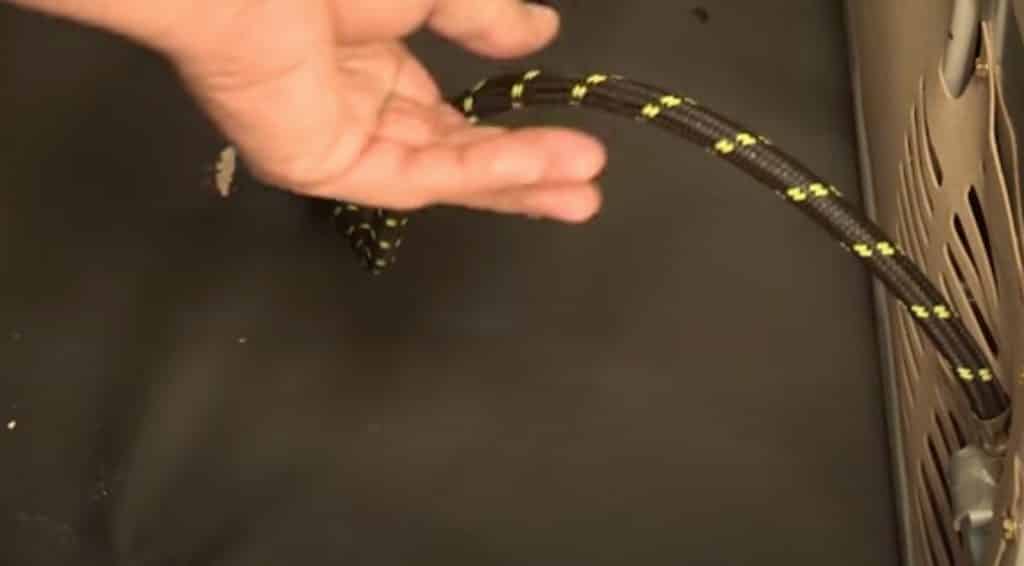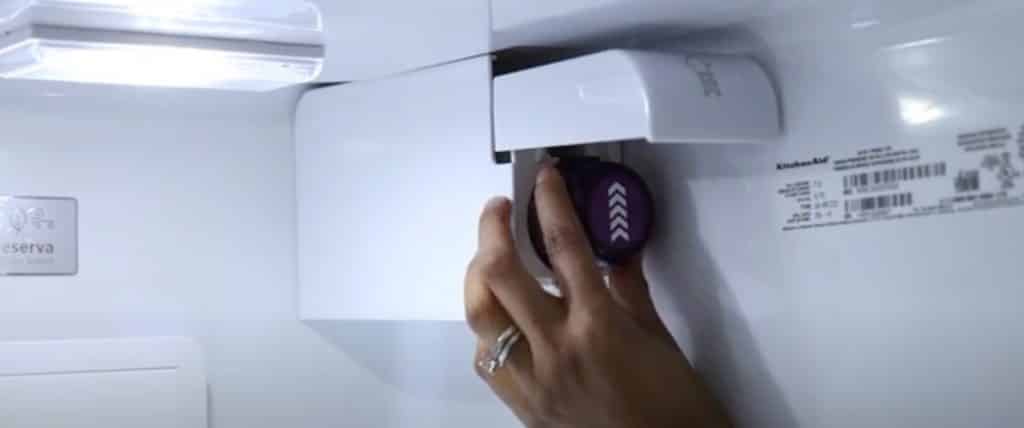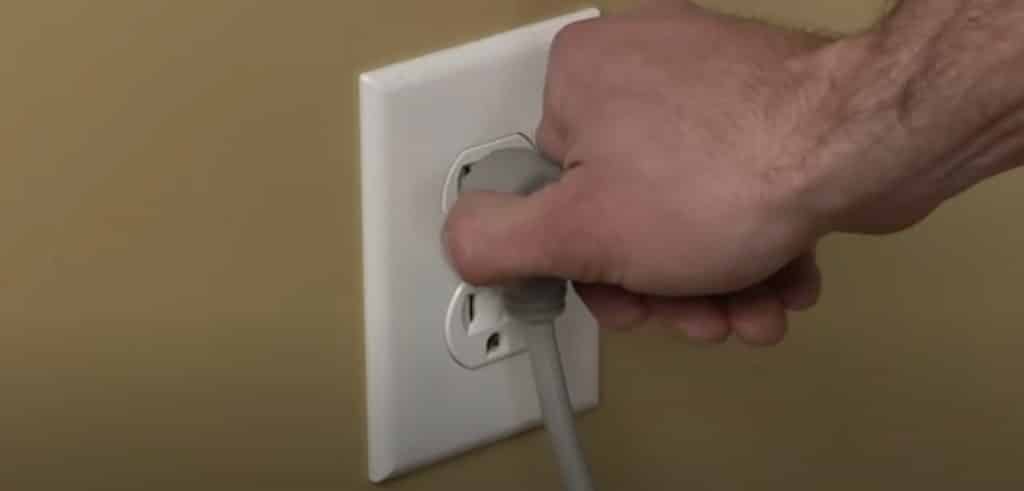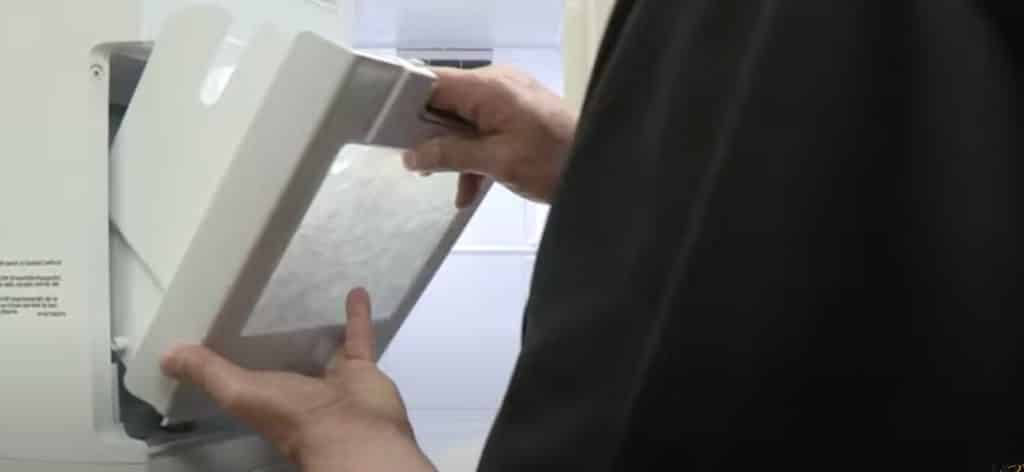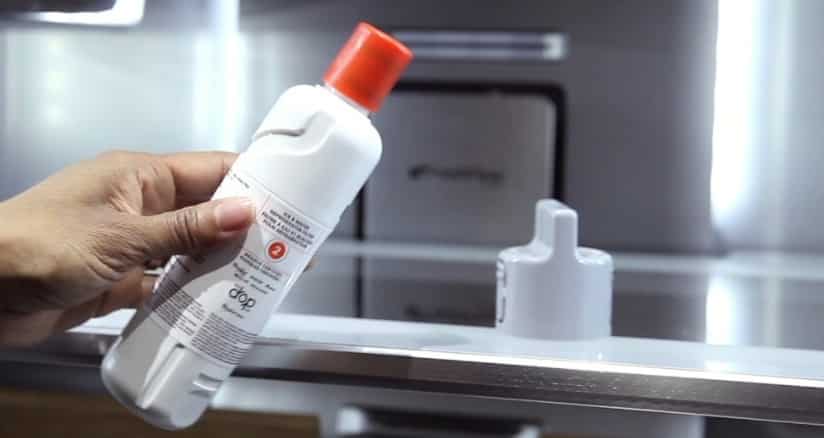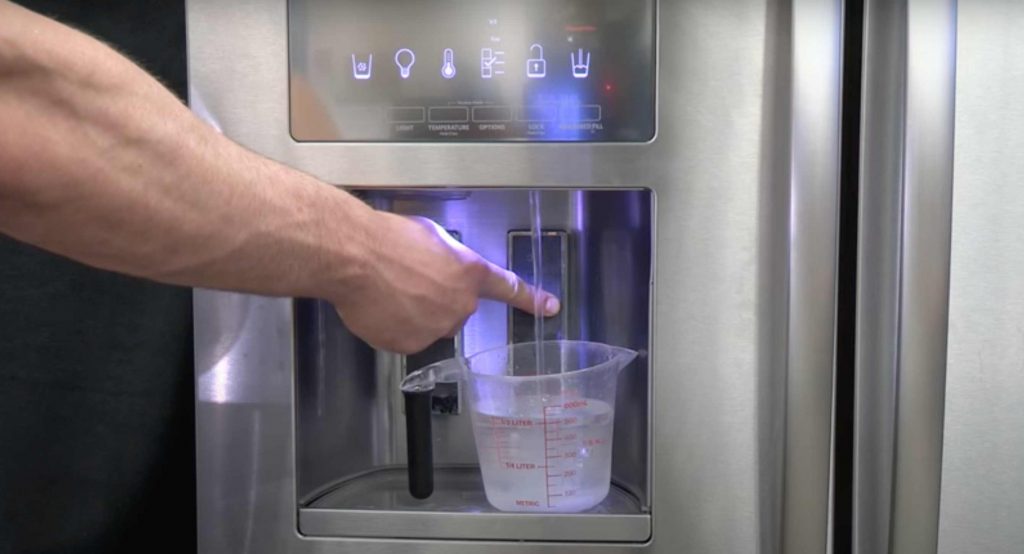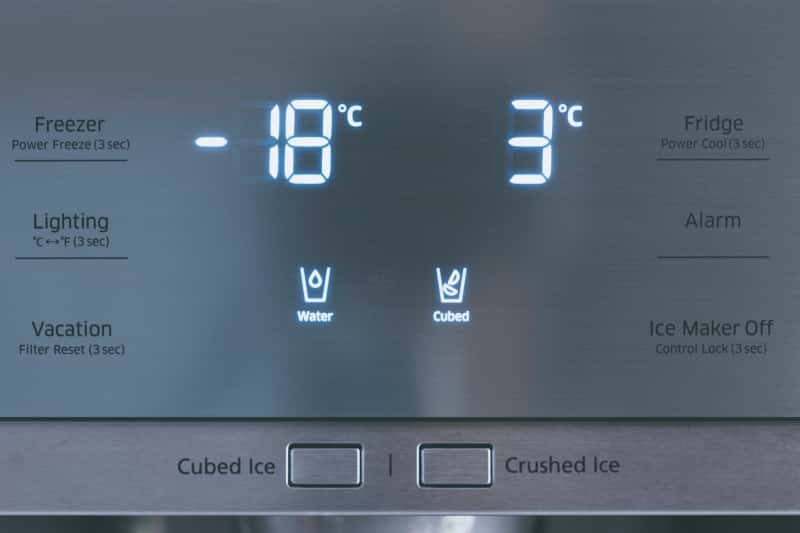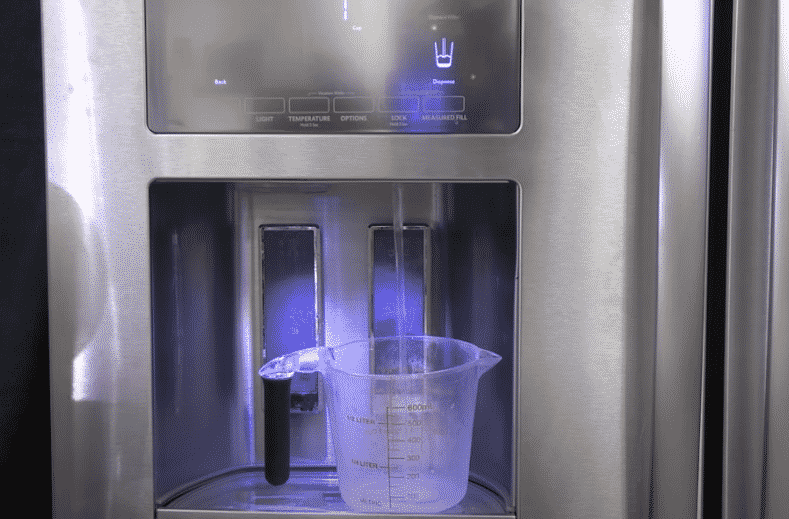
The kitchen is one of the most important part of your house and making sure that you have the correct equipment in your kitchen is going to play an important role in the amount of time and effort you spend in there.
The KitchenAid Ice Maker is one of the best investments that you can make for your kitchen.
If you like ice and prefer to use it for different kinds of drinks, investing in an ice maker is an excellent idea. It’s a great way to ensure that you have perfectly shaped ice cubes available at the press of a button.
[amazon box=”B07YF9SGBW “]
The KitchenAid Ice Maker doesn’t even consume a lot of electricity, and it’s generally quite a handy appliance to have around the house.
If you are looking for a reliable KitchenAid Ice Maker, you should definitely consider buying this machine.
However, just like any other appliance, the KitchenAid Ice Maker is also susceptible to a range of problems.
If your ice maker is not working the way it should or if it’s causing you any kind of trouble, it might be a wise idea to follow the tips given below and fix it.
KitchenAid Ice Maker Not Working
1. The Line
This is one of the most common issues that usually occurs when the line gets clogged with frozen water. As a result, the ice maker will either make smaller than usual cubes or there will be crescent-shaped cubes popping out.
In order to fix this issue, you need to repair the line and unclog it. To do this, you need to slide out the fridge and then remove the power cord. Then, you have to find the valve that switches it off.
This valve needs to be put in the off position. Now, you need to run warm water all of the clogged line to ensure that any ice melts properly.
However, you can also use the hairdryer for defrosting the line. There’s also a simpler fix, though it takes a bit longer.
If you take out the power cord and let it rest for three to four hours, the line will defrost. Once the line is defrosted, just plug in the power cord again and you will be able to make ice through the KitchenAid ice maker.
It’s an incredibly common issue that arises from time to time and it’s also equally easy to fix. Too many people do not bother checking the main line, as a blockage in there is the most common reason because of which problems occur.
2. Water Filter
For everyone who is still struggling with getting decent ice cubes with the KitchenAid ice maker, there are higher chances that the water filter is clogged.
With this being said, you need to remove the water filter first and then clean it thoroughly. Once the water filter is clean, the machine will start making ice again.
If you notice the water pressure declining considerably, it might be a wise idea to check the line first and then move on to check the water filter. Issues with either could cause these problems.
3. Power
If the ice maker is not working, there might be a power problem. First of all, you need to check the power connections and make sure the power cord is plugged in properly.
In some cases, the problem might not be with your ice maker.
Instead, you should check the sockets and make sure that they are receiving adequate power. In addition, the ice maker must have a proper connection with the water supply for producing the ice cubes.
4. Jammed Issue
First of all, you need to ensure that there is no ice jammed into the ejector’s arm.
If there is any amount of ice jammed up in there, just clean up the ejector’s arm (always use the plastic accessories because it doesn’t damage the lines and equipment).
Once the ejector’s arm is cleaned up, the ice maker should start working properly.
5. Water Filter
When it comes down to the water filter, if it is clogged or the installation is improper, the water flow will be reduced to the ice maker.
As a result, the ice maker will make no ice or the ice will be too thin. If the water filter is the culprit, you need to replace it with a new one for better performance because repairing doesn’t work.
Thankfully, KitchenAid is one of the most popular companies and offers a slew of after-market counterparts. You can easily buy a replacement water filter.
6. Flushing the Water System
Whenever you change the filter of the ice maker, you need to ensure that the water system is properly flushed. In addition, this flushing is crucial even when you install or replace the water supply.
This is going to cause air bubbles to pop up in the machine, and that could affect functionality. So, it’s best to flush out the water system in order to get rid of any air bubbles.
7. Water Supply Line
If there is a problem with the water supply in your KitchenAid Ice Maker, it’s going to cause problems as well. One needs to ensure that the water supply is properly connected to the other water supply (the cold ones).
In addition, there must be no kinks or bends in the line because it can reduce the water flow, hence the improper functionality of the ice maker.
Consequently, you need to replace the water supply line in case of damages and make sure there is no compression on the line at any point.
8. Temperature
If the temperature of the KitchenAid ice maker is higher than 10-degrees Fahrenheit, the ice cube production is going to be spotty.
Ideally, you need to make sure that the temperature remains between the 0 degrees F and 5 degrees F range.
Also, the condenser coil must be cleaned, and the fan must be checked from time to time. In addition, the coils must be properly defrosted for reliable ice-making.
9. Assembly
If the KitchenAid ice maker is not working and making ice as it should, there are chances of defects in the assembly.
So, if you think assembly is the culprit, keep in mind that the entire assembly needs to be replaced since the parts aren’t sold separately.
Even more, you need to check the water lines, inlet valves, and fans before replacing the assembly. Also, if there are no faults in the parts and the temperature is around 15-degrees, the assembly needs to be replaced.
It’s easy to understand that this is not a simple job. You can’t replace the assembly on your own. You need a professional to take a look at the machine and check whether the problem is caused by the assembly.
If that’s the problem, it’s best to think about replacing the appliance altogether.
Most KitchenAid ice makers are quite reliable and won’t cause you many problems. They also come with an extensive instructions manual that you may want to refer to in order to ensure that you are using them the right way.
Related:
